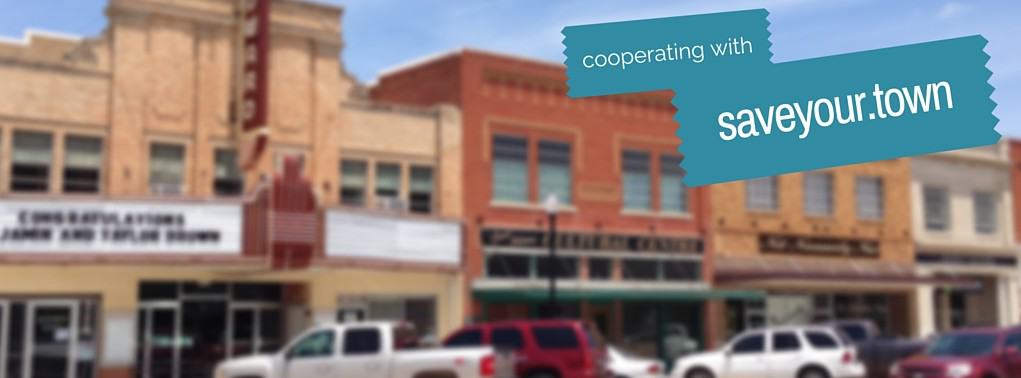Guest post by Paula Jensen
I watched Jon Stewart’s Political Comedy ‘Irresistible’. The story is set in small-town Wisconsin. The community has recently suffered a devastating loss of their main employer. In response, a failed political consultant from Washington, D.C. lands himself a gig helping a local veteran run for Mayor against the long-time incumbent. The consultant, planning to use this situation for his own political gain, sends out his first press release to the national media titled, Small Town Small Minds. When I saw that headline on the screen I said to my husband, who was half asleep, “Did you see that headline? I can’t believe it said Small Towns Small Minds!” This is where you tell me — it’s just a movie – but why are small towns almost always portrayed as marginal, fragile communities disjoined from the rest of the nation?
In a January 3, 2020, Washington Post article titled, The harmful, popular misconceptions about rural America, Christopher Ingraham, a reporter and resident from small town Minnesota wrote, “There are as many different modes of being an American as there are towns, or families, or individuals living in this country. The mantle of “real American” — and all the scrutiny, assumptions and mythmaking that come with it — is a burden that none of us should have to bear alone, but rather is one that we can all share.”
Bearing the scrutiny that these rural stereotypes bring on us is a complex challenge. It will need collaboration, innovation and hard work. Communities with strong human capital, regional connections and a focus on available assets can create opportunities to solve this long-standing, complex issue.
By taking a step toward action, reaching across differences, engaging with fellow influencers and focusing on local assets YOU can make your town a good place to live and breakdown rural stereotypes. Here’s a list I jump-started for you:
- Identify existing assets that offer opportunities for growth and develop strategies to support them. Assets might include infrastructure, skills, cultural, people, social, funding, green space and leadership.
- Engage all residents and organizations to develop a vision for the community’s future. Stakeholder engagement will ensure the vision reflects existing goals and generate public support that can maintain momentum for change through election cycles.
- Seek outside support and funding that can be applied strategically to the community’s vision. Even in small amounts, these resources can increase local commitment and incentivize private investment.
- Encourage collaboration within the community and across the region to strengthen jointly held priorities.
We must not let negative language about our small towns persist. So, get engaged in creating solutions to overcome rural stereotypes that blight our public image.










